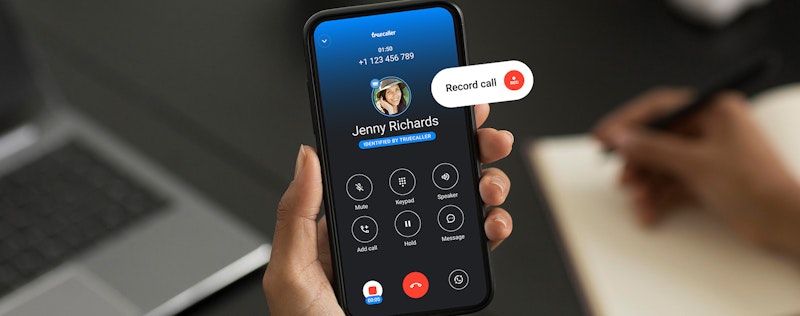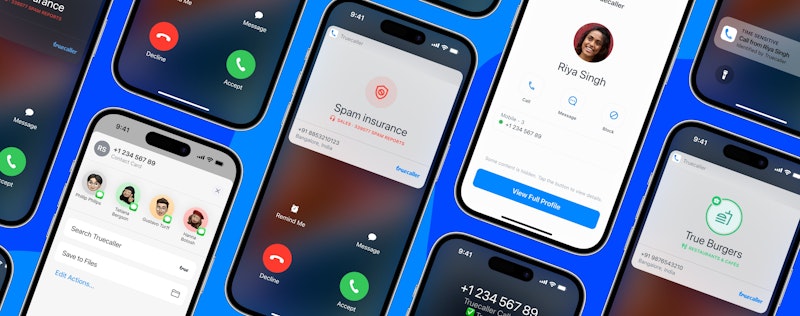
How to Avoid Call Spoofing and Neighbor Spoof Scam
Lindsey LaMont
Jul 9, 20182 min readEdited on May 11, 2020
Have you ever received a call that looks like your phone number? Or maybe it’s all zeros? This is call spoofing.
Call Spoofing is tricking the telephone network to indicate to the receiver of a call that the originator of the call is a different number than what is being called from.
Call Spoofing has been around since the early 2000s and has even been part of tricky tactics in national elections. For example, many robocalls can be deemed as spoofing.
Spam and scam calls are so frequent, our Truecaller Insights estimated that in 2018, 24.9 million Americans lost .9 billion in phone scams with a 22% increase in spam calls than the previous 12 months. Most common scams being the ‘Free vacation’ or ‘Credit Card Debt’ scam.
Is Call Spoofing Legal?
The good news is that many countries are taking action! In India, the government has blocked caller ID spoofing services, and according to the Department of Telecommunications, using call spoofing services is illegal as per the Indian Telegraph Act, Sec 25 (c). In the U.K, the spoofed number is called the “presentation number”. This must be either designated to the caller or if designated to a third party, it is only to be used with the third party’s explicit permission.
But for those of you in the U.S. and Canada, call spoofing remains legal, unless the intent to defraud, cause harm, or wrongfully obtain anything of value. In 2010, The House of Representatives passed the “Truth in Caller ID Act of 2010,” which enforced these rules with penalties of up to 0,000 per violation could be imposed.
The Neighbor Scam
This scam is cleverly called “The Neighbor Scam,” not because some spammer wants to come over to borrow a cup of sugar, but because a phone number can be disguised as having the first six digits of your phone number. For example, if your number begins with (206) 567-XXXX, then the call spoofing will match that area code and following digits.
Why do they do this? Well, wouldn’t you be more likely to trust a number coming from your community rather than from another state or even country? Having similar digits can trick you into picking up the phone and opening yourself up for various scams to get money.
How Truecaller Can Help
The Truecaller app has a special feature on Android known as ‘block number series.” Since the neighborhood scam usually appears with the first 6 digits of your phone number, you can block all numbers calling or texting that match the first six digits of your phone number. See our tutorial below.

Lindsey LaMont
Jul 9, 20182 min read


